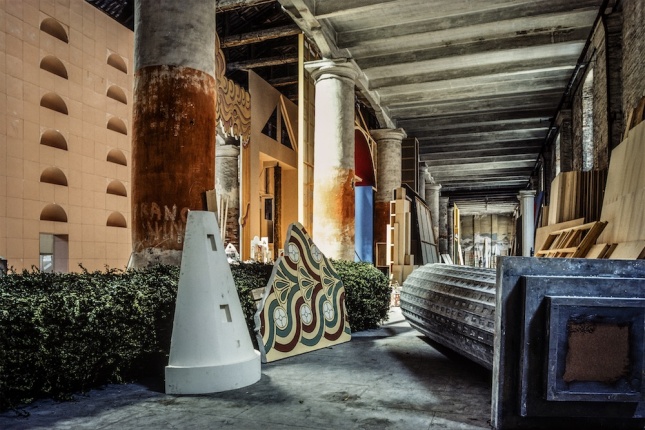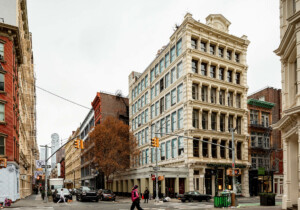The most cogent critique of Freespace, the current Venice Architecture Biennale, is that it fails to recognize the degree to which contemporary urban space is a result of digital technology and computation. The curators, Yvonne Farrell and Shelley McNamara of Grafton Architects, are practicing architects who wanted their Biennale to return to the basic principles of spatial design and what they consider “the generosity of spirit and a sense of humanity at the core of architecture’s agenda.” There is nothing wrong with this sentiment, but it meant they chose to focus on individual projects and not their means of production. The pair focused on craft; social, political, and technological “demand”; and featured figures and groups like Amateur Architecture Studio (Wang Shu and Lu Wenyu), Cino Zucchi, the Dutch architecture historian collective Crimson, Dorte Mandrup, Sigurd Lewerentz, and the British group Assemble. The results add up to a thoughtful and unique perspective on today’s architecture, but there is little doubt that it bypasses the “digital.” This direction infuriated those who believe that only a focus on digital production is an authentic summary of today’s architecture. For these critics, the results are old-fashioned and no longer offer a relevant analysis or typology, but a “purely phenomenological formal, material, or tectonic understanding of architecture,” in the words of Alessandro Bava. This digital versus demand formulation of architecture is not just a generational divide but represents a profound difference between an architecture grounded in an expression of the digital and one that primarily seeks to respond to site, program, function, and reception.
In The Second Digital Turn: Design Beyond Intelligence, Mario Carpo describes the importance of the first digital turn of “mass customization” as one of the most important architecture inventions of all time because it “changed—or at least subverted, upended, and disrupted—almost every aspect of the world.” He sees an unintended benefit of mass customization, the possibility to change the notion of detail and form that has remained constant since Leon Battista Alberti toward the possibility of an “infinite number of variations” for the designing architect. He believes that modern classicism “continues to stifle technological innovation in building,” (even the golden age of modernism was a “retardataire phenomenon”) and this new technology offers a way forward to a new relationship, or, as Christopher Alexander would say, a new “pattern” of parts to the whole.

In the 1990s, as Carpo wrote, the “first turn” saw “the best architects adopting and embracing digital change sooner than any other trade” and established the basis for the second wave, in which the avant-garde uses “Big Data and computation to engage somehow the messy discreteness of nature.” But this first wave, as we know, created a new architectural style of “smooth and curving spliny lines and surfaces” that, despite the potential possibility of first-wave, open-source collaboration and a return to medieval-style authorship, led to something else totally predictable. A new style, parametricism, took over and continues to this day, “with ever-increasing degrees of technical mastery and prowess. Ideas and forms that twenty years ago were championed by a handful of digital forms engender architectural masterpieces at a gigantic, almost planetary scale.” This planetary architecture, perhaps because of the high cost of design and construction of the complex forms it can produce, has become, counterintuitively to the claims of many theorists, a truly corporate style of design for the 1 percent and corporations. It should then come as no surprise that many of today’s younger architects are looking for a different kind of architecture and that many of the brightest are returning to the postmodernism of the 1980s. In this way, the current generation are like the designers of the first Venice Architecture Biennale’s Strada Novissima, who nearly 40 years ago looked for an alternate model to the modernism that they believed was destroying the historic layered fabric of our urban settlements. Though this style is still fraught with the problems (primary authorship, individuality, and history as a precedent) that brought it to an end in the 1990s, its reemergence is an authentic and important shot across the bow to technologists like Carpo, who are apoplectic at its return. It is an important attempt to find a way out for the profession, which all too often focuses on neoliberal, avant-garde experiments to the exclusion of real-world problems that daily become more urgent for everyone.











